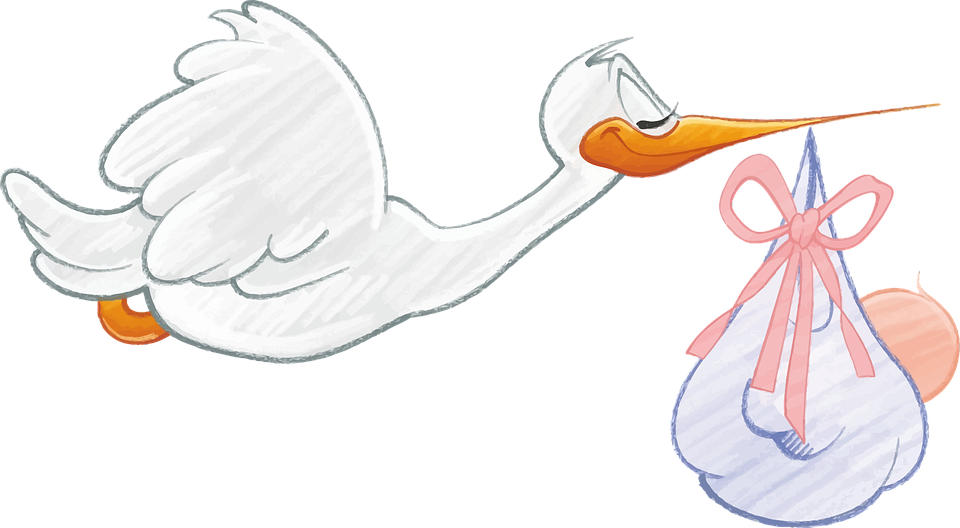A little female Indian Rhino was born for the firts time at Denver Zoo (Colorado, USA) on 23 February 2020. The little lady‘s birth is another milestone towards the perfectioning of the Artificial Insemination procedures which is being performed in Rhinos across the USA. Her mother Tensing is a first-time mum and she is showing a very affectionate maternal instinct over her daughter – that has not received a name yet. The father is not the Indian Rhino bull, Bandhu, that shares Denver Zoo exhibit with Tensing: something didn’t went promising between the two adult Rhinos and the Zoo decided to appeal to the Artificial procedures. Tensing underwent, in fact, to 11 Artificial Insemination attempts between 2014 and 2018 (at that time, Bandhu was not mature enough to have babies and probably the Zoo invested in a baby rhino before its sexual maturity), all of them were not succesfull. It was found out that she had a condition in her uterus that prevented her from carrying on a pregnancy: the fluid produced by the uterine wall impeded the implantation and the subsequently growth of an embryo.
It was not explained what happened later, but the 12th AI attempt was succesfull: Vets used the sperm of Jontu, a male Indian Rhino that lives in Nebraska (Jontu had his first baby in 2019, a male called Marshall that is half-brother of Tensing’s baby girl!) and Tensing was able to conceive. The pregnancy was in fact detected 3 weeks later through an Ultrasound procedure, in December 2018.
At the moment, mum Tensing and her daughter are spending time together behind the scenes and they’ll be viewable in two motnhs, at least.
The perfectioning of the technique used in Artificial Insemination procedures is an important tool for the conservation of a species so in danger as Rhinos. It permits the procreation between Rhino partners that live distant one from the other, without recurring to transfers, and mantain an important genetical diversity in the metapopulation. Great succes has been achieved in both White and Indian Rhinos, the latter ones expecially in the USA; it seems that the Black ones are not receiving such attention and we can only speculate over the real reason behind. Europe, instead, is still preferring the natural way in Indian Rhino with higher success that is not paragonable to the one obtained by the USA. It is auspicable that both continents shares the knowledge they have in the two different “procedures”, in order to improve the conservation of these endangered species.




